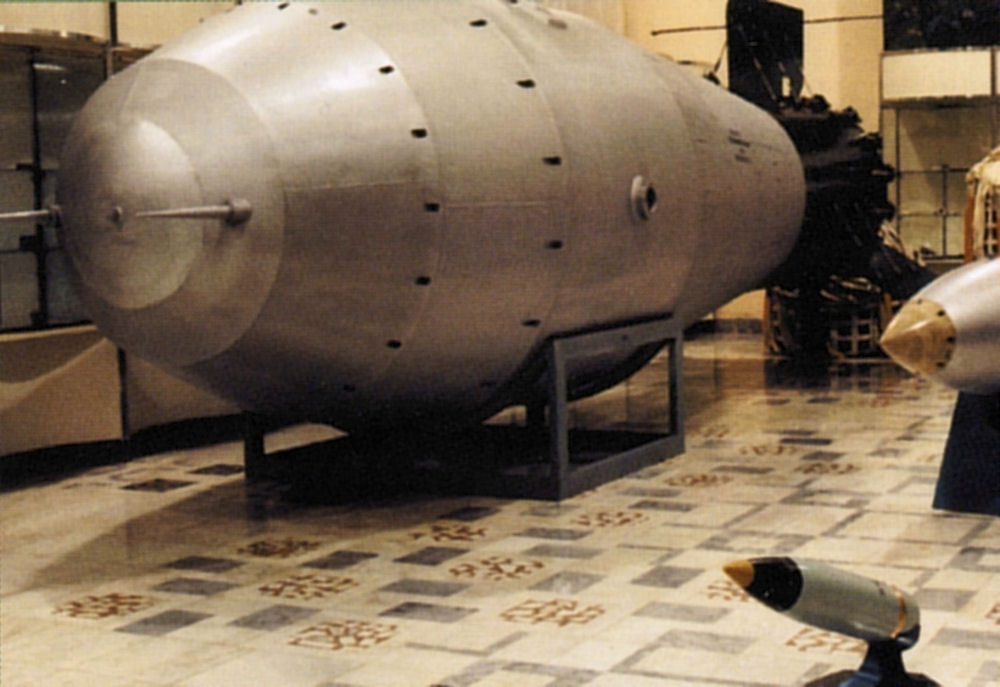

The boom is more like a shotgun than a thunderclap, and it’s followed by a sustained roar. There is at least some testing footage from the era that features sound. A nuclear explosion may occur with or without a few minutes warning. The fisherman was some 20 miles outside of Hiroshima, but “the thunder was greater than when the B-29s hit Iwakuni, only five miles away.” There was one person, a fisherman in his sampan on the Inland Sea at the time of the bombing, who “saw the flash and heard a tremendous explosion,” Hersey said. Following up on earlier reports that among the documents that Donald Trump stole from the White House and carried off to Mar-a-Lago were some related to nuclear weapons, The Washington Post.

The emperor, Hirohito, came on the throne in 1926 and continued in his position until his death in 1989. Yet today nuclear-armed countries have more than 12,000 weapons, most of them far more destructive that the ones dropped on. After the bombs were dropped on August 6 and 9 of 1945, and their surrender soon thereafter, the Japanese were allowed to keep their emperor on the throne and he was not subjected to any war crimes trial.

John Hersey’s famous report, published in 1946 by The New Yorker, describes a “noiseless flash.” Blinding light and intense pressure, yes, but sound? “Almost no one in Hiroshima recalls hearing any noise of the bomb,” Hersey wrote at the time. Seventy-seven years ago, just two nuclear bombs ended World War II. Survivors of the bombings have shared what they saw and heard before the terror. The United States government did 928 atomic bomb tests in the Nevada Test Site, about 240 miles away from Los Angeles and 65 miles from Las Vegas, from 1951 until 1992.
And the only two times they were used in warfare-in Hiroshima, then Nagasaki, 72 years ago-photographers captured many scenes of devastation, yet video recording was scant. The distribution of energy released in the first minute after detonation among the three damage causing effects is: Low Yield (<100 kt) High Yield (>1 Mt) Thermal Radiation 35 45 Blast Wave 60 50 Ionizing Radiation 5 5 (80 gamma, 20 neutrons) The radioactive decay of fallout releases an additional 5-10 over time.Nuclear weapons have been tested far more often than they’ve been used against people. For all we know of the horrors of nuclear weapons, the visual that’s most often evoked is ethereal, if ominous: a silent, billowing cloud, aloft in black and white. Popular imagery of the atom bomb is oddly sterile. Nuclear fallout is the residual radioactive material propelled into the upper atmosphere following a nuclear blast, so called because it falls out of the.


 0 kommentar(er)
0 kommentar(er)
